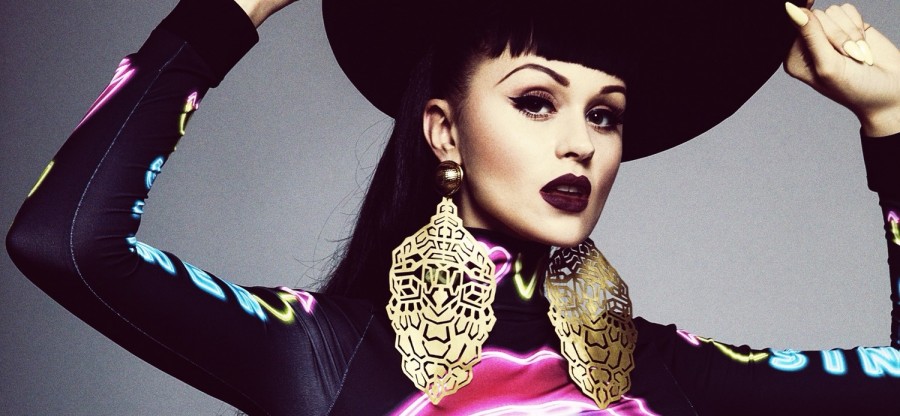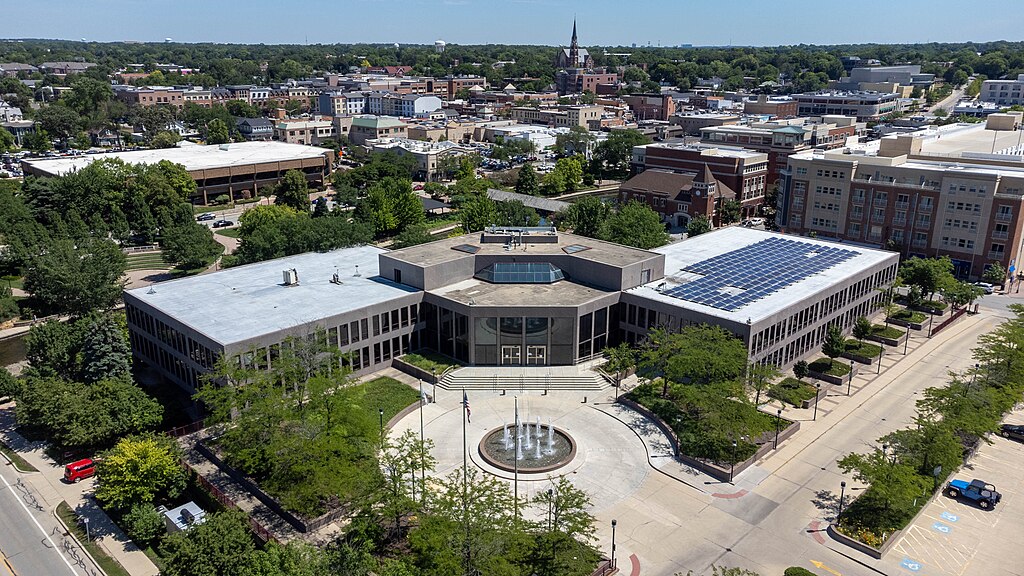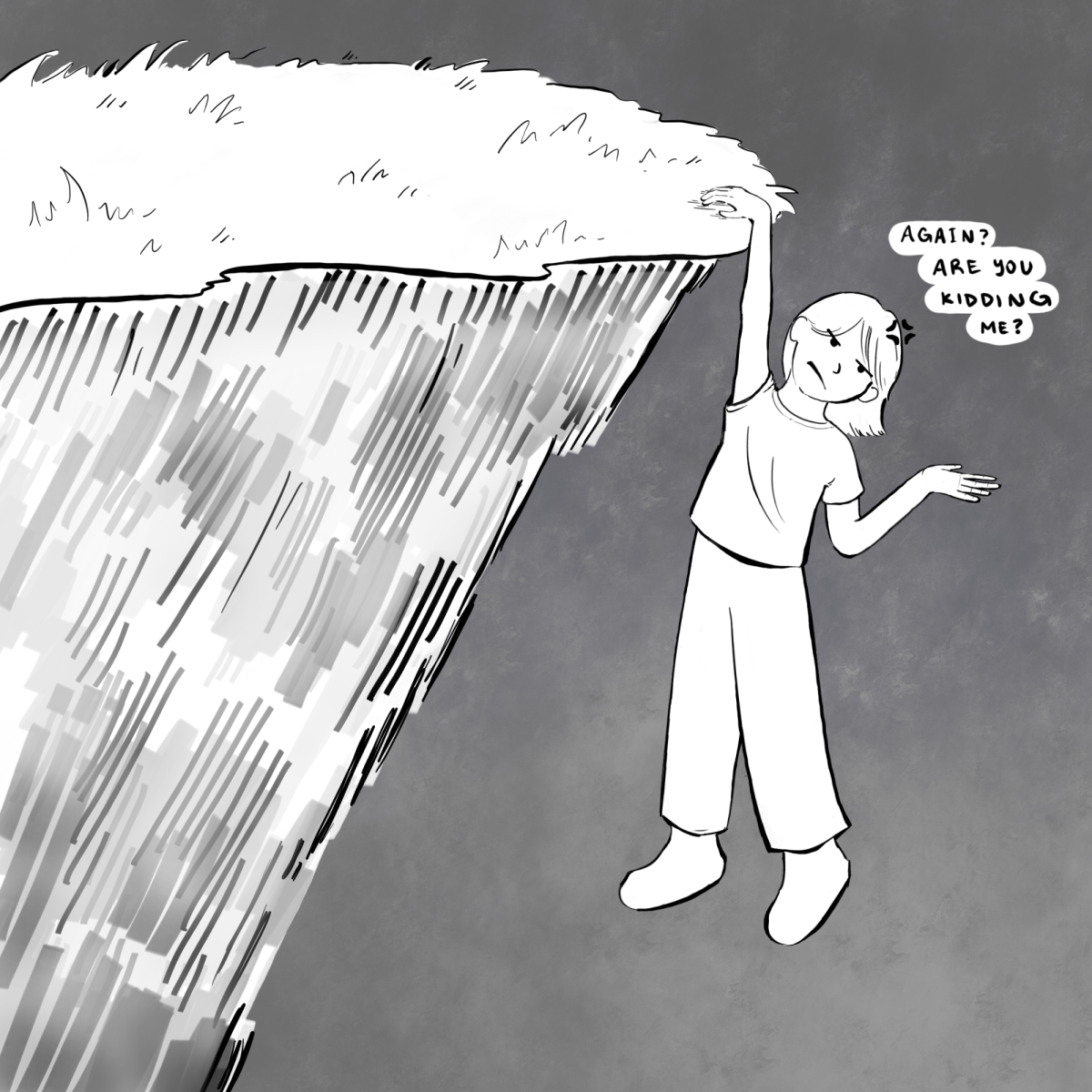She’s ‘Born Risky:’ A New Kind of Pop Star
December 25, 2014
The Model of the Future.
In her new song, “Prototype”, released by Channel 4 in the U.K. on Dec. 14, unorthodox pop singer Viktoria Modesta refers to herself as such: the model of the future. Her futuristic sound and look definitely add to that image–including such elements as a prosthetic leg made of Swarovski crystal.
That’s right. A prosthetic limb that is not made to blend in.
Her other prostheses include a dangerous-looking black spike, a leg with all of the infrastructure exposed, and even one that lights up among others.
Born in the USSR, where is now considered Latvia, Modesta sustained an injury when she was born, resulting in one of her legs forming improperly. This left her with a severe disability. Throughout her childhood, from when she was in the USSR to when her family relocated to the U.K. when she was twelve, she had multiple surgeries to try and remedy the disability.
And after all of that, she took control of her handicap, going through with a voluntary below-the-knee amputation in 2007.
Modesta hasn’t tried to hide her disability since then, however, performing at the 2012 paralympics wearing a prosthetic made of Swarovski crystal.
Model of the future indeed.
She made music between that performance and this year, independently releasing a single entitled “Only You,” though, the video didn’t showcase her as the “bionic pop artist” that Channel 4 has marketed her as this year.
Modesta, through Channel 4’s campaign, Born Risky, she is looking to change the way people look at disability. Her video for “Prototype” clearly states it, beginning with the line, “Forget what you know about disability,” appearing in white letters across a dark screen. “A new kind of pop artist.”
As the video continues, Modesta showcases multiple prostheses designed by Sophie de Oliveira Barata, director of the Alternative Limb Project based in North London. These prostheses range from one that lights up in a futuristic display to a lethal-looking black spike.
Modesta said that her hope was to make her disability something that wasn’t just looked upon as something that draws her back, but something that makes her different. In a world where media dynamics are constantly changing to include a wider base of people and equalize the playing field for actors of all looks and backgrounds, it’s a good thing that this is spreading to include those with handicaps.
In fact, the most powerful scene in the music video is where Modesta is shown with no prosthetic at all, her stump, complete with surgical scars, in the foreground of the shot.
The music video also shows Modesta as a symbol for people across the country, her disability making her completely separate from the rest of the possible idols that people could have. The symbol that was spray-painted onto a wall in one shot casts into sharp relief the prosthetic spike that became Modesta’s badge of honor in the story of the video.
I’m not saying that this video is perfect. I think that it overly sexualizes her disability and women in general. I think that the music is just your run-of-the-mill European pop: it’s nothing extraordinary or remarkable.
I also think that having disabilities represented in a video at all is a pretty good place to start.








